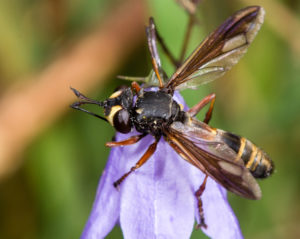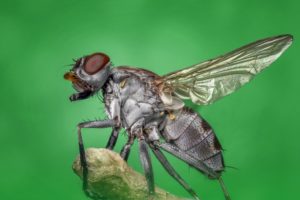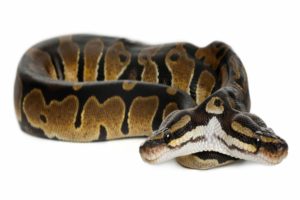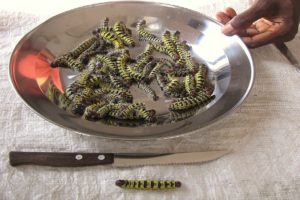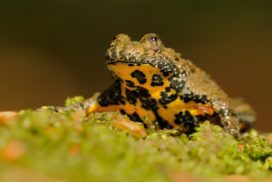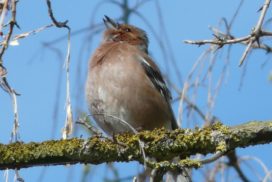WHAT IS UNIQUE ABOUT THE GASTRIC BROODING FROG?
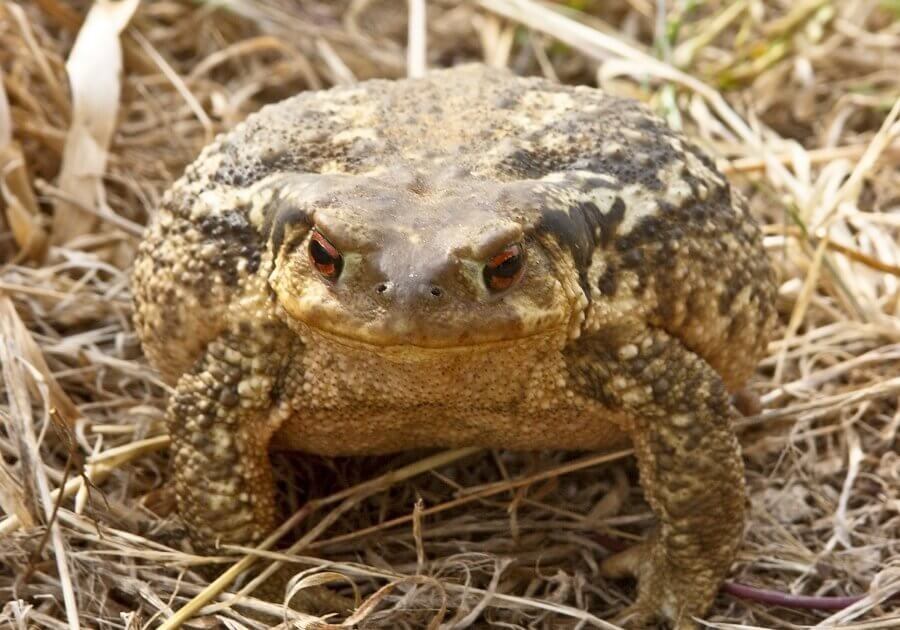

The way the Southern Gastric-brooding Frog (Rheobatrachus silus) reproduces makes it unique. It swallows the fertilized eggs and incubates them in its stomach for 6 to 7 weeks.
The young frogs emerge from the mouth as fully formed and rely on yolk reserves during the period they are developing in the mother’s stomach.
According to the Department of Environment in Australia, the mother stops eating during the brooding period, and hormones produced by the young inhibit the production of gastric acid to prevent the young ones from being digested.
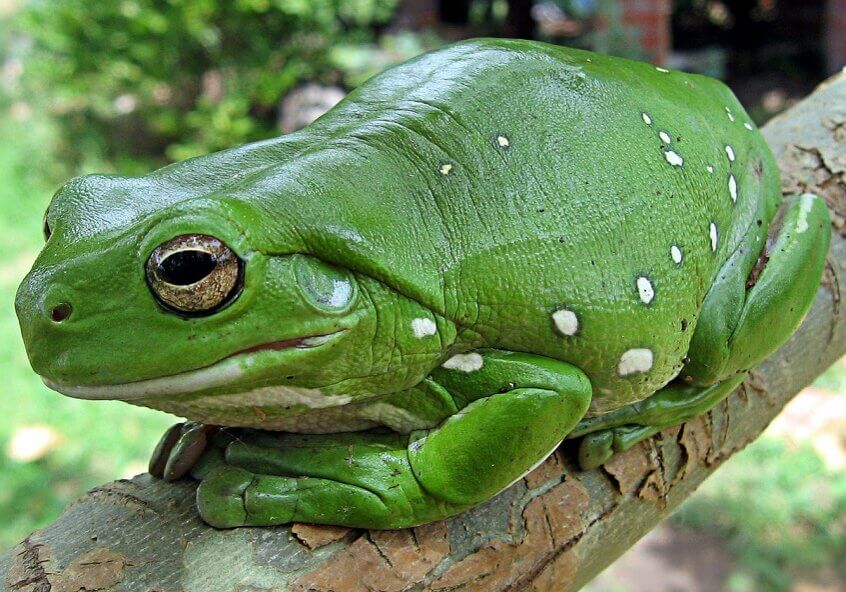

According to one report, up to two dozen young ones are produced per brooding cycle, and by the time the mother gives birth, her stomach is so big that she is unable to breathe through the lungs. She keeps alive by absorbing oxygen and expelling carbon dioxide through her skin!
Two parts out of 5 of her body by weight—in other words, 40% of her weight—was made up of the young. The gastric brooding frog feeds on both aquatic and land insects. Researchers believe that the frog was extinct in 2002.
Recent posts
Join us on social media or subscribe!
Sign up to receive our articles in your inbox!
Enter your name and email address below to subscribe.
